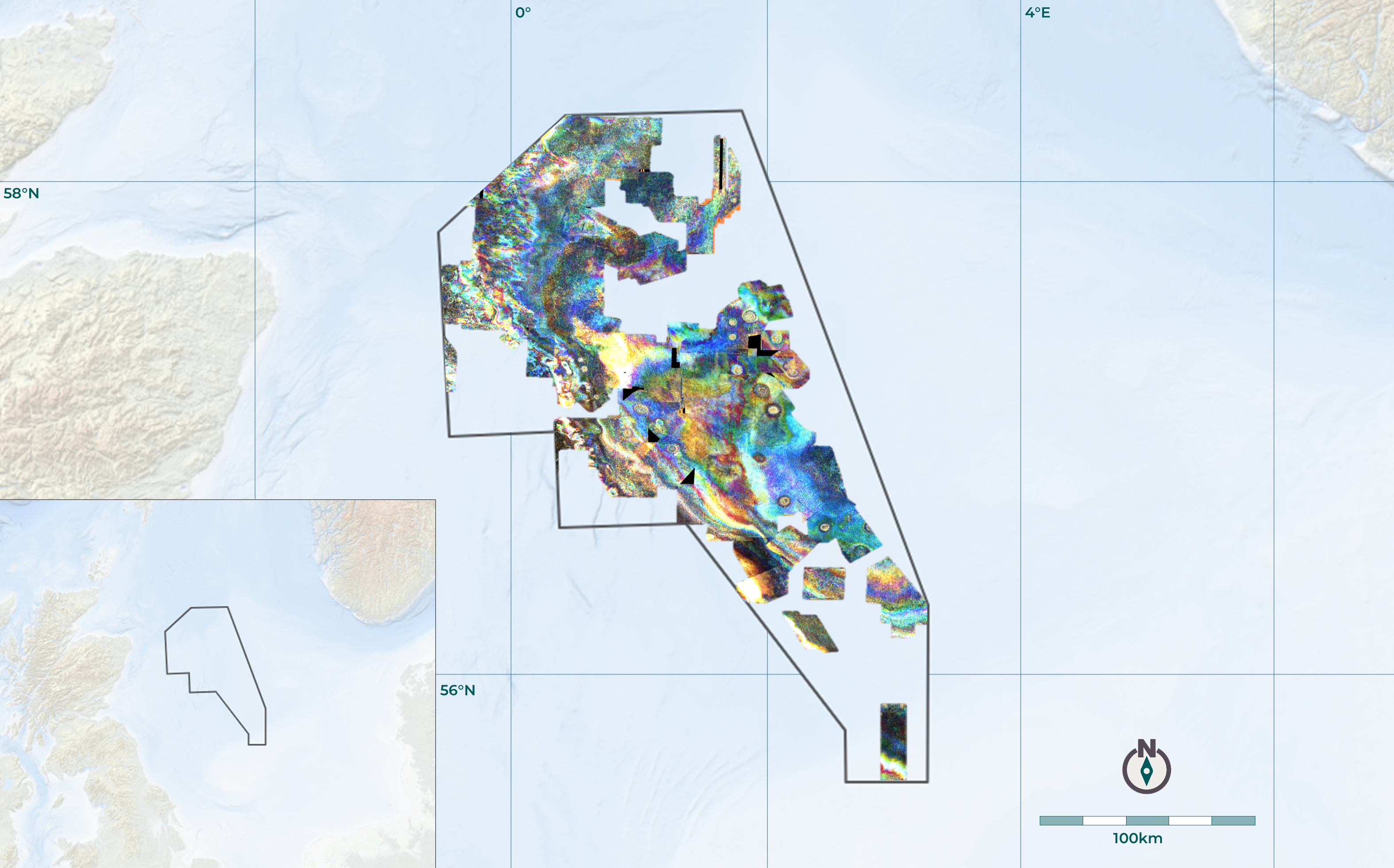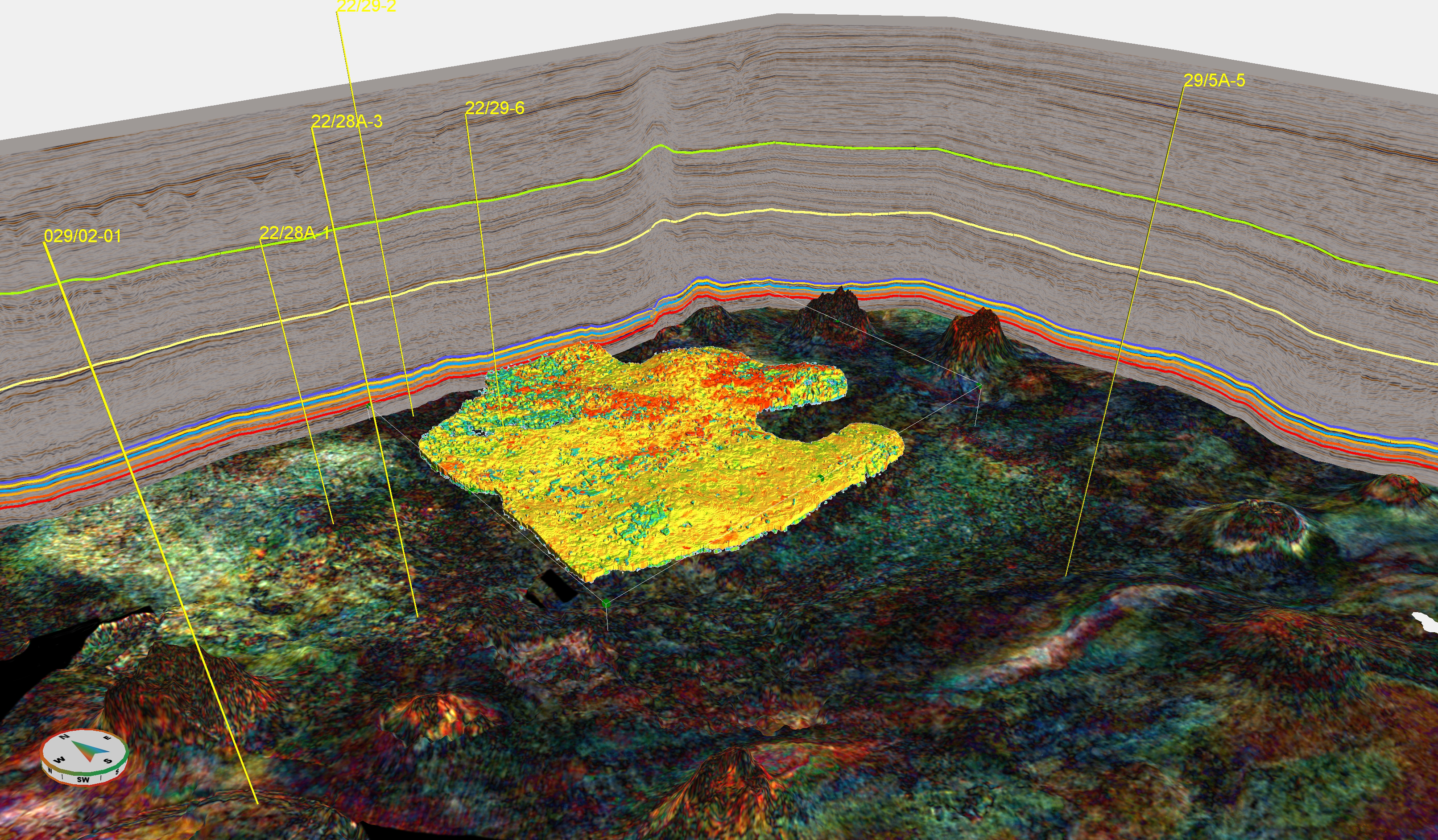
Why the key to E&P success lies in seismic interpretation
Time is money
Bringing new assets online quickly brings a significant advantage to energy companies where time is money. Operators are constantly seeking ways to compress the timeline from data acquisition to first oil and these workflows rely on having a thorough understanding of the subsurface thousands of meters below ground where no human has ever set foot. The interpretation of seismic data to model and predict subsurface properties which are otherwise unknown, directly impacts revenue. Here, the key to gaining a competitive edge is accuracy and speed. Advanced seismic interpretation software of today harnesses the power of artificial and human intelligence to reduce interpretation time from months to weeks with no compromise on quality.

Old fields, new perspectives
While not a new concept, oil and gas operators have been focusing on near-field exploration opportunities in recent years, drawing parallels with the adage, ‘making the most of what you already have’. Infrastructure-led exploration commonly equates to a lack of new seismic acquisitions and operators are left to make do with older, poor quality data. Geoscientists are turning to AI to gain a much clearer image, particularly in deeper sections where data quality is most challenging. Skilled interpreters leverage AI to reveal the hidden stories in legacy seismic data and existing fields, unlocking resources that may have never been discovered without the advancements in seismic interpretation technology.
Predicting the future
In an ideal world, asset managers would have perfect visualisation of the subsurface to fully understand the size of the reservoir and future production with pinpoint precision. Today, geoscientists incorporate AI into interpretation workflows to achieve the best possible view: Rapid insight into the dynamics between structural and stratigraphic complexities, even beyond the conventional view of seismic resolution, exported as model-ready products so reservoir engineers have a clearer understanding of field performance to increase production.

Quality over quantity
Once potential hydrocarbon reserves are identified either in new or existing fields, the challenge shifts to maximizing production while minimizing costs and environmental impact. Drilling fewer wells with higher success rates to safely drive the lowest possible cost per barrel is the goal. Achieving it is only possible if the most accurate geological information is extracted from the available seismic data; one missed fault can cost millions. With today’s technology, geoscientists have 3D visualisation of 3D fault networks to observe the delicate structural interplay in highly complex settings to drill successfully and safely.
No margin for error in CCS
With increasing environmental concerns and a ground swell of rising ESG commitments, energy companies are eagerly looking to re-purpose existing and depleted fields for Carbon Capture and Storage (CCS) projects. Furthermore, others are looking to leverage the wealth of available seismic data and experience to identify potential virgin storage sites; AI is the step change in the way in which existing E&P workflows can be optimised to meet net zero demands. Understanding storage capacity, the risk to containment, and the seal capacity are all critical elements affected by the presence of faulting that can be most clearly understood using AI. Traditional attributes simply do not capture the level of detail required to assess and monitor CCS activity safely – the impact of risky CCS on local ecological systems, not to mention the wider environment could be catastrophic.
All roads lead back to seismic
Seismic interpretation is the bedrock on which successful exploration and production efforts are built. As techniques continue to advance, the precision and reliability of seismic interpretation will only improve, further solidifying its critical role in energy’s future. Once considered a risk in the subsurface world, AI is now standard practice and not adopting advanced technology is where energy companies fall at the first hurdle. All roads in this business lead back to optimizing the first challenge and AI-infused technology is the only route to a fast return on expensively acquired data and with real-time reservoir monitoring now within reach, energy companies are seeing they simply have no choice but to adapt.




